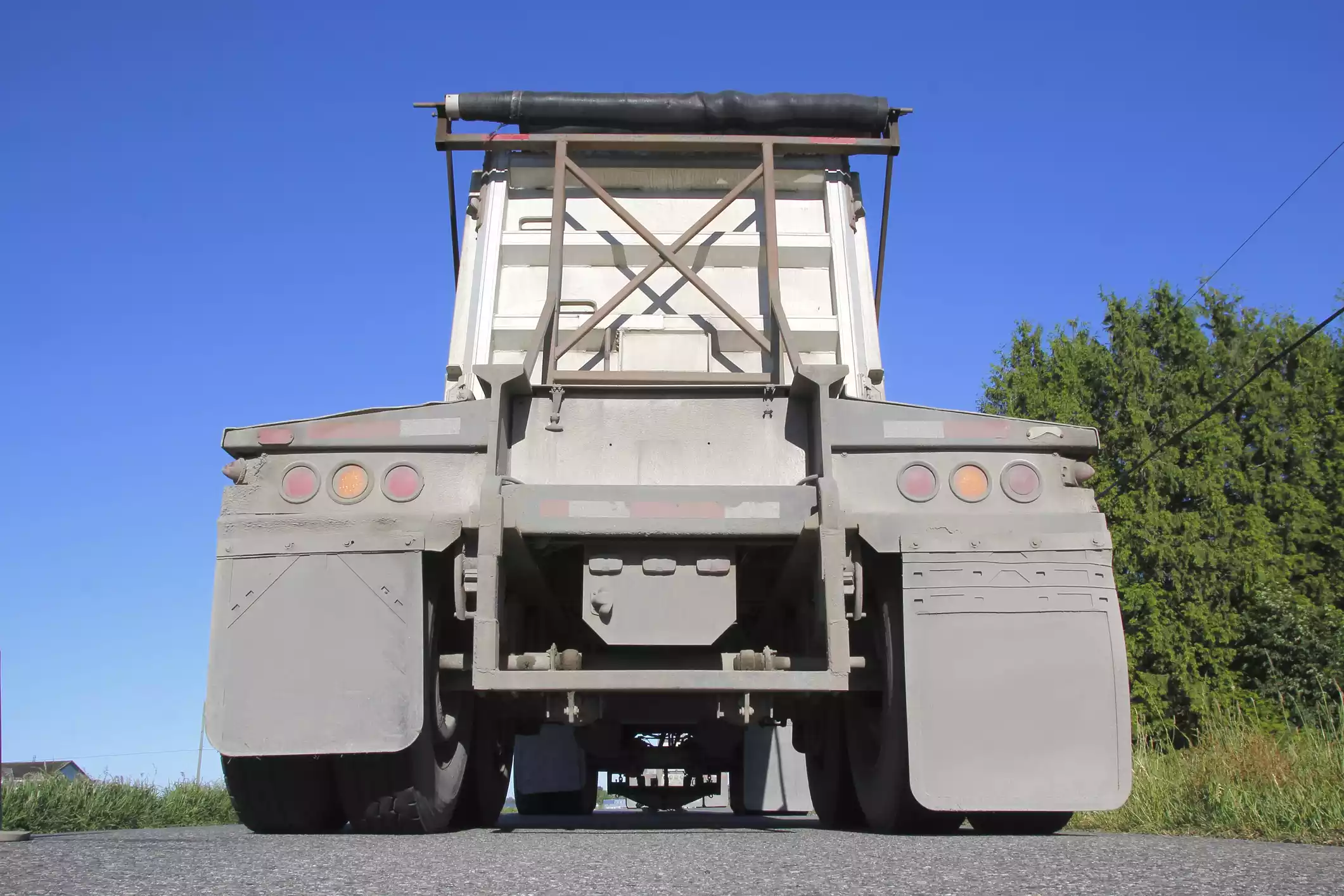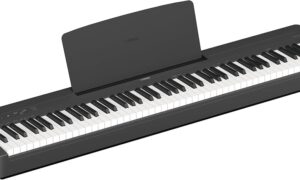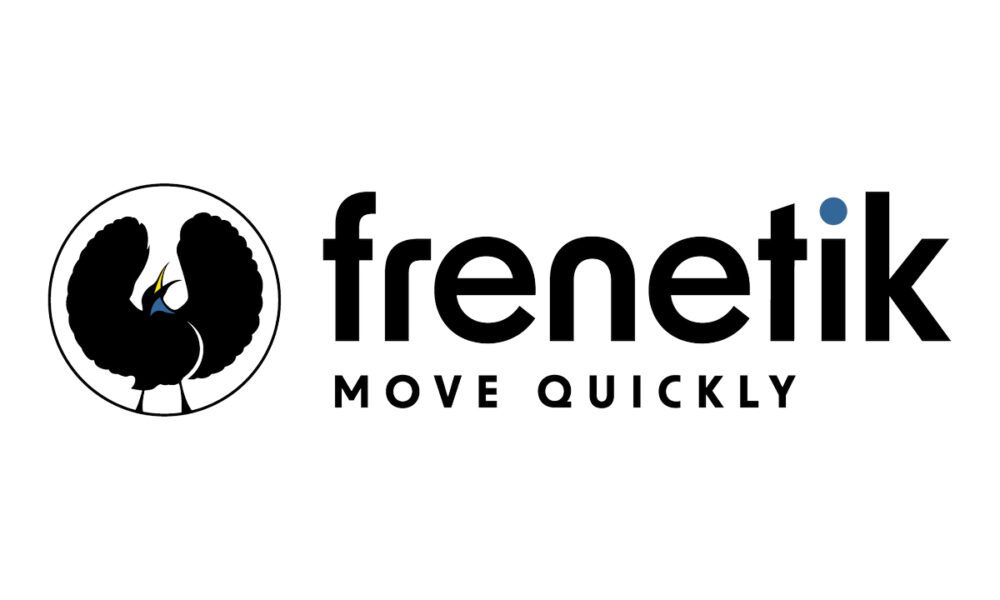When it comes to maintaining a truck’s appearance, protecting its components, and staying compliant with the law, truck mud flaps play a surprisingly important role. Often overlooked until they’re damaged or missing, these simple accessories are key to reducing road spray, shielding undercarriages, and ensuring safety for other drivers on the road.
In this comprehensive guide, we’ll explore everything you need to know about truck mud flaps—from the different styles available and the best materials to choose from, to legal requirements that could result in costly fines if ignored.
Why Are Truck Mud Flaps Important?
- Protection
Mud flaps are designed to act as barriers between your truck’s wheels and the rest of the world. They prevent debris like rocks, mud, water, and road salt from being flung into the air by spinning tires. This reduces the chance of damage to your truck’s undercarriage, brake lines, and suspension components.
- Safety
Flying debris is a major hazard to nearby vehicles, especially smaller ones like motorcycles or compact cars. Truck mud flaps help keep roads safer by minimizing this risk, which is especially critical during inclement weather or on construction routes.
- Compliance
Most states and provinces in North America have regulations requiring mud flaps for trucks, especially those used commercially. Failing to meet these requirements can lead to fines or even failed inspections.
Styles of Truck Mud Flaps
Choosing the right mud flap style involves more than just aesthetics. Depending on your truck type and usage—whether you’re hauling freight cross-country or navigating off-road conditions—some designs will perform better than others.
- Universal Fit vs. Custom Fit
- Universal Mud Flaps are made to fit a wide variety of vehicles. They’re usually less expensive and easy to install but may not offer a perfect fit.
- Custom Mud Flaps are tailored to specific makes and models, providing better coverage and a cleaner look.
- Removable vs. Permanent
- Removable flaps are ideal for off-roaders who may need to detach them to prevent getting snagged on uneven terrain.
- Permanent flaps are securely bolted into place and are more appropriate for highway or commercial use.
- Towed vs. Mounted
- Towed mud flaps hang from a hitch or frame and are commonly used on trailers or RVs.
- Mounted mud flaps are bolted directly behind the tires of the truck or trailer for constant protection.
- Decorative vs. Functional
While some mud flaps include brand logos, chrome plating, or LED lighting for enhanced visual appeal, functionality should never be sacrificed for style—especially in commercial or high-use scenarios.
Materials: Which One Should You Choose?
The durability and performance of truck mud flaps depend largely on the material used. Here’s a breakdown of the most common options:
- Rubber
- Pros: Flexible, affordable, resists cracking in cold weather.
- Cons: May wear out faster under intense UV exposure.
- Best For: General use and colder climates.
- Plastic (Polyethylene or Polypropylene)
- Pros: Lightweight, corrosion-resistant, customizable shapes.
- Cons: Brittle in extremely cold conditions.
- Best For: City driving and lighter-duty trucks.
- Poly-Rubber Blends
- Pros: Combines flexibility with strength.
- Cons: Higher cost.
- Best For: Heavy-duty commercial trucks.
- Stainless Steel or Aluminum
- Pros: Offers rigid protection, aesthetic appeal.
- Cons: Can dent or scratch; not flexible.
- Best For: Show trucks or fleets that value branding and durability.
Legal Requirements for Truck Mud Flaps
Ignorance of the law is no excuse when it comes to mud flap violations. While the specifics vary by region, there are general standards that most jurisdictions follow.
- Federal Guidelines
In the United States, the Department of Transportation (DOT) does not mandate mud flaps nationwide for all vehicles, but it does enforce regulations for commercial motor vehicles regarding splash suppression systems.
- State-by-State Rules
Each state has its own specifications. Common legal requirements include:
- Length: The flap must be long enough to cover a certain percentage of the tire.
- Clearance: Often limited to 8 inches from the bottom of the flap to the ground.
- Width: The flap must span the width of the tire or dual tires.
- Positioning: Must be mounted directly behind the wheel, perpendicular to the road.
States like Texas, California, and Washington are known for stricter enforcement, especially for commercial and fleet vehicles. Always check with your local DMV or DOT to ensure compliance.
- Canadian Regulations
In provinces like Alberta and British Columbia, the rules are similarly strict. Non-compliance can lead to roadside inspections and fines, particularly during highway enforcement checks.
Installation and Maintenance
Installing truck mud flaps doesn’t require advanced mechanical skills, but it does take precision.
- Installation Tips
- Use stainless steel or rust-proof hardware.
- Align the flap vertically and ensure it covers the full tire width.
- Consider brackets or anti-sail bars to prevent flapping at high speeds.
- Maintenance Advice
- Inspect mud flaps during regular maintenance checks.
- Wash off road salt and grime to prevent buildup.
- Replace torn, bent, or missing flaps promptly to maintain compliance.
Specialized Options
As truck mud flaps evolve, manufacturers now offer several innovative designs to meet specific needs:
- Anti-Spray Flaps
These feature textured surfaces or grooves that direct water downward instead of outward, reducing road spray significantly.
- Retractable Flaps
Used in racing or luxury truck applications, these can be raised or lowered as needed.
- Magnetic or Quick-Release Systems
These simplify the process of switching out or removing mud flaps without tools—ideal for seasonal or off-road use.
Top Brands to Consider
When purchasing truck mud flaps, consider brands known for quality and longevity:
- WeatherTech: Known for custom-fit options and heavy-duty performance.
- Rock Tamers: Popular for towing setups with adjustable mounting systems.
- Roadmaster: Offers full-width rock guards and towing protection.
- Luverne: Offers both universal and custom-fit flaps with stainless steel accents.
Choosing the Right Mud Flap for Your Truck
Before buying, consider the following:
- Vehicle Type: Is it a light-duty pickup or a Class 8 semi-truck?
- Usage: Are you primarily off-roading, towing, or driving highways?
- Climate: Cold weather may demand rubber; hot climates might benefit from poly or steel.
- Compliance: Double-check your state or provincial laws.
- Aesthetics vs. Functionality: Decorative touches are fine, but performance should come first.
Final Thoughts
Truck mud flaps are more than just a cosmetic accessory. They’re a legal requirement in many jurisdictions and an essential piece of protective gear for your vehicle and others on the road. By choosing the right style, material, and size—and staying up to date with legal regulations—you ensure better performance, longevity, and safety.
Whether you’re a weekend warrior with an off-road rig or a professional hauler clocking 100,000 miles a year, investing in quality truck mud flaps is a smart decision.





























